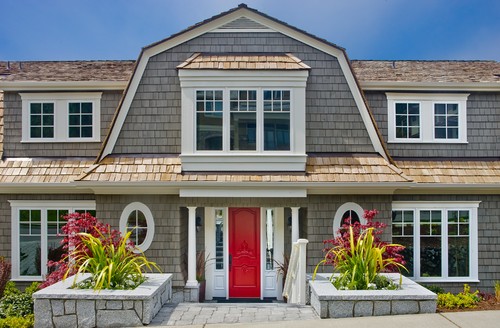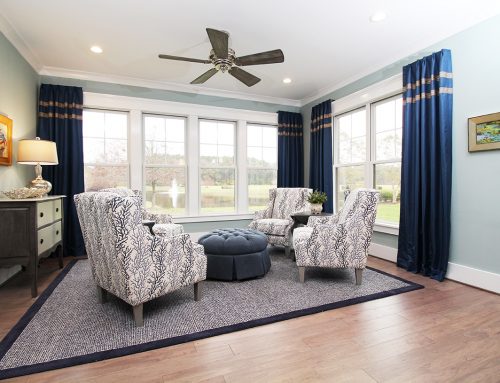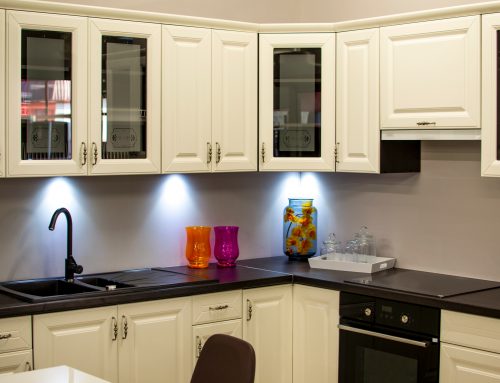Owners of historic homes have a bit of a conundrum on their hands when it comes to home design. Old-fashioned construction methods and materials were often much higher quality than what you find in homes these days, and of course the unique architectural features and attention to detail are what give older homes their charm. On the other hand, narrow hallways, tiny rooms, a lack of closets, and layouts designed to accommodate live-in servants are not practical for the lifestyle of most present-day homeowners. So how can you update your home to keep the good parts and get rid of the bad? These interior design remodeling tips may help.
Preserve character where you can
If your home has unique molding, millwork, or other architectural features, retaining and showing off those features should be a priority of your remodel. However, even if you feel that gutting a space or taking a wall out is necessary to update it for contemporary life, it’s often still possible to salvage the best parts of that space. For instance, a unique window or door could be removed and used elsewhere in the home. Intricate trim could be relocated, an ornate tile pattern on a floor could be preserved with clever installation of new tiles surrounding it, and objects like cabinets, light fixtures, and hardware can be repurposed in other areas of the house.
If you find that a beloved feature of the home is not aging well- say that beautiful column you loved at first sight is suffering from rot- don’t despair. Your interior designer may be able to find an equally stunning replacement from an architectural salvage company or commission a replica from a local craftsman.
Decide where to start
Working with your interior designer, create a step-by-step assessment of the house and plan for transforming it into your dream home. Identify which projects are high priority and which can wait. For instance, if your roof is leaking and needs to be repaired, and you’ve been wanting to replace the composite shingles with cedar, take that opportunity to go ahead and spring for the shingles that fit your overall design plan. By ironing out your vision for the house, you can better plan ways to consolidate projects and get the most bang for your buck.
Working with an experienced interior designer will help you navigate the renovation process while minimizing costly mistakes and delays. Your designer can also help you achieve the historic elegance and contemporary luxury you want with products, materials, and finishes that are better suited to your lifestyle and budget.
To get started discussing your interior design project, contact MJN & Associates Interiors. Our interior design services include space planning, custom upholstery and soft goods, kitchen and bath renovation, finish and furniture selection, and much more.







Leave A Comment